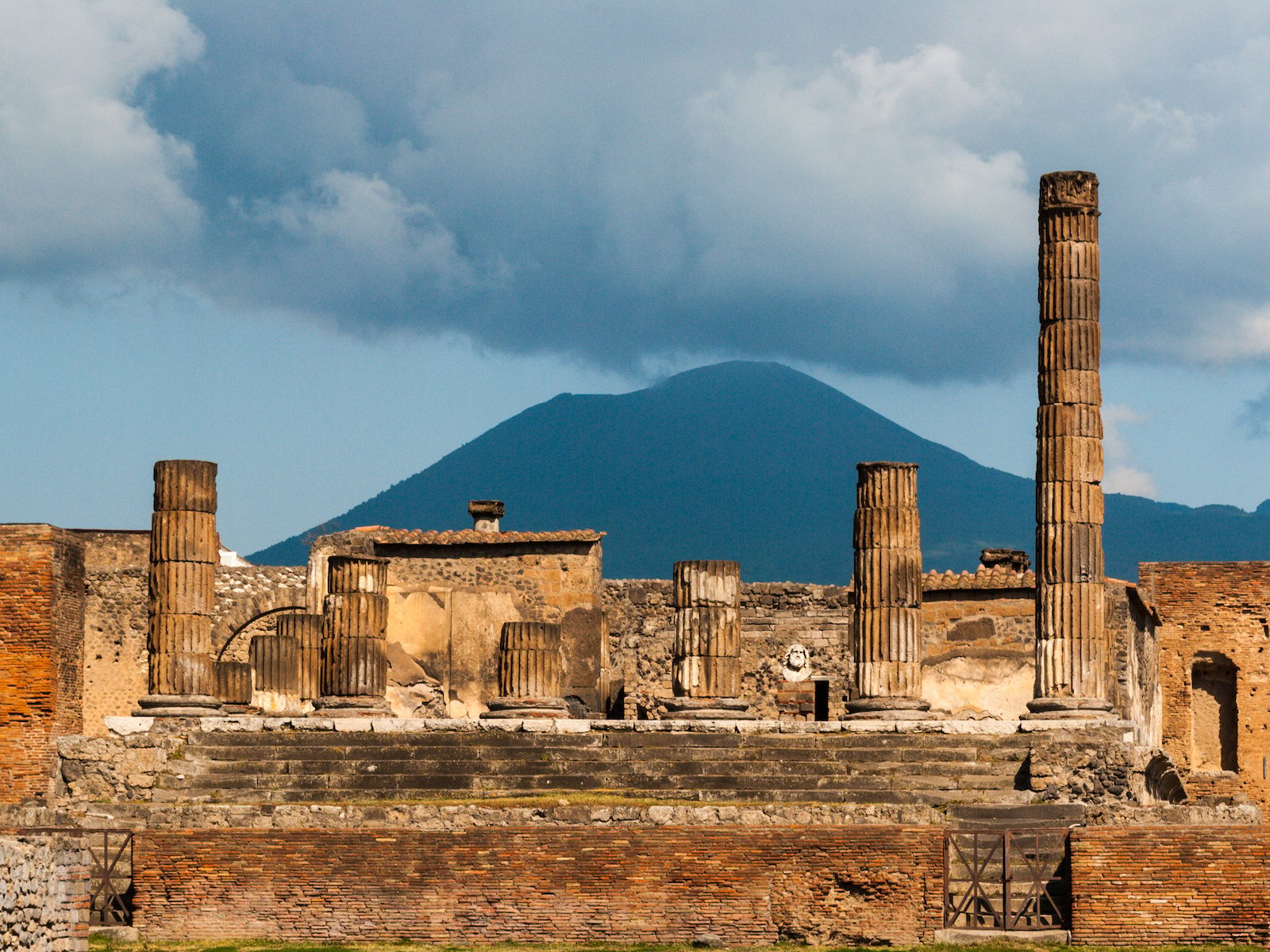
In a stunning development, archaeologists working at Pompeii, the city famously destroyed by the eruption of Mount Vesuvius in 79 AD, now believe that artifacts found among the ruins indicate that ancient Romans were recycling their trash—and making a profit from their endeavors.
Allison Emmerson, a classics professor at Tulane University, says that piles of garbage found outside the city’s walls and amid tombs on Pompeii’s outskirts, long believed to be simple refuse, were in fact “staging grounds” for reusable materials, reports the Guardian.
Working with excavators from the University of Cincinnati, Emmerson and fellow archaeologists Steven Ellis and Kevin Dicus began examining the structural foundations of the city. They found that the walls contained discarded tiles, shards of broken pottery, and other reused materials that were plastered over to created a clean, uniform surface.
These fragments contained traces of the same sandy soil found in rubbish piles outside the city, indicating that trash was regularly sorted and resold to be used inside city walls.
The House of the Faun at Pompeii. Photo by Porsche997SBS/Wikimedia Commons.
Sifting through the trash was a profitable endeavor: wood and bones could be used for carvings, and wood was reusable as fuel. Glass and metals could be melted down, and broken ceramics ground into powder for plaster, mortars, or new ceramics. Amphorae, large ceramic jugs that stored wine, could be reused in numerous ways, including as part of drainage systems.
“Romans reused and recycled just about everything,” Emmerson told Artnet News in an email. “Recycling and reuse are natural human behaviors. For as long as humans have been using tools, we’ve also been recycling and reusing them.”
But Roman attitudes toward trash were very different than our own. Today, we are primarily motivated by the goal of removing waste and ideally eliminating it from our homes and communities.
Mount Vesuvius from Pompeii. Photo courtesy of Wikimedia Commons.
“Pompeii’s waste-management system was guided by a different priority: that garbage be collected for reuse,” Emmerson said. “The Pompeiians recognized that when gathered in large enough quantities, waste became a valuable commodity. What made the system work was their willingness to live far closer to their refuse than many of us would consider acceptable today.”
“Romans lacked a full grasp of the public health dangers that could arise from waste, but even so, I don’t think we should view Pompeii and other Roman cities as repulsive urban hellscapes,” she added. “I think Pompeiians were more comfortable with the presence of garbage than we are because they were used to it.”
Archaeologists encountered Pompeii’s ancient refuse during the very first excavations on the site, in the 18th century, but assumed the mounds of waste on the city’s outskirts were nothing more than landfill. Emerson’s research, which grew out of her dissertation on the city’s tombs, challenges that account. Her findings will be collected in her new book, Life and Death in the Roman Suburb, to be published next month by Oxford University Press.